Joint Pain
Joint Pain
Certainly! Here are 10 points highlighting how physiotherapy can help with joint pain:
Comprehensive Assessment: A thorough evaluation of the joint to identify the underlying cause of pain and dysfunction.
Pain Management: Utilizing various modalities like heat/cold therapy, ultrasound, and transcutaneous electrical nerve stimulation (TENS) to reduce pain and inflammation.
Range of Motion Improvement: Implementing exercises and techniques to improve joint flexibility and maintain or restore normal range of motion.
Strengthening Exercises: Designing specific exercises to strengthen the muscles around the joint, providing better support and stability.
Joint Mobilization: Employing skilled hands-on techniques to restore normal joint mechanics and reduce stiffness.
Posture Correction: Addressing poor posture habits that may contribute to joint pain and dysfunction.
Biomechanical Assessment: Evaluating the patient’s movement patterns and alignment to identify any contributing factors to joint pain.
Functional Rehabilitation: Focusing on exercises and activities that are relevant to the patient’s daily life, helping them regain functional abilities.
Assistive Devices: Recommending and educating patients on the proper use of assistive devices, such as braces or crutches, to reduce joint stress during activities.
Home Exercise Program: Providing patients with a set of exercises they can perform at home to continue their progress and prevent future joint pain.
